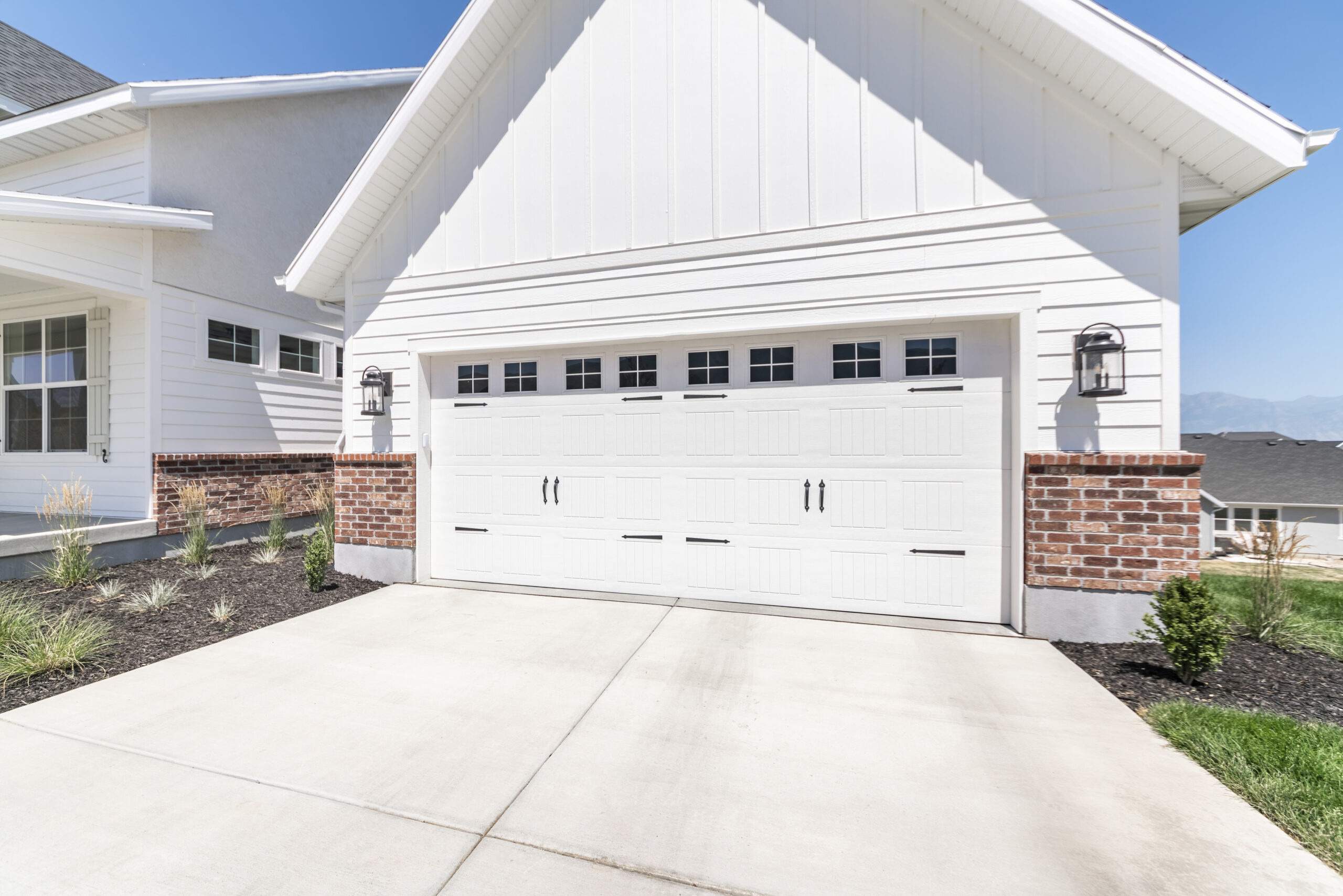Your garage door is likely the largest moving component of your home, operating multiple times daily with little thought given to its maintenance. Regular upkeep not only extends the lifespan of your garage door system but also prevents costly repairs and ensures your family’s safety. This comprehensive garage door maintenance checklist offers homeowners simple yet effective DIY procedures that can be performed several times a year to keep your garage door operating smoothly, quietly, and safely.
Why Regular Maintenance Matters
A well-maintained garage door provides security, convenience, and curb appeal to your home. Many homeowners don’t realize that neglecting basic maintenance can lead to premature wear of components, energy inefficiency, and even dangerous malfunctions. According to industry experts, most major garage door repairs could be avoided with routine checks and simple preventative care. Taking time to follow a garage door maintenance checklist helps identify minor issues before they become major problems. Most maintenance tasks require minimal tools and expertise, making them accessible to any homeowner willing to spend an hour or two each season ensuring their system operates optimally.
Visual Inspection Fundamentals
Begin your garage door maintenance with a thorough visual inspection while the door is closed. Examine the springs, cables, rollers, pulleys, and mounting hardware for signs of wear or damage. Look for loose brackets, frayed cables, or rusted components that may compromise the door’s operation. Check the door panels for warping, cracking, or water damage, particularly on wooden doors. Inspect weather stripping along the bottom and sides of the door for deterioration that might allow air, water, or pests to enter. During this visual inspection, listen carefully as you manually operate the door—unusual sounds like grinding, scraping, or popping often indicate problems requiring attention. This initial assessment serves as the foundation of your garage door maintenance checklist, helping you identify issues requiring immediate intervention.
Lubrication: The Key to Longevity
Proper lubrication of garage door parts ranks among the most important yet often neglected maintenance tasks. Every three to six months, apply a silicone-based lubricant or garage door-specific lubricant to all moving metal parts. Focus on the rollers, hinges, bearing plates, and spring coils, but avoid lubricating plastic rollers or the track itself. When you lubricate garage door parts correctly, you reduce friction that causes premature wear and that annoying squeaking during operation. Remember to wipe away excess lubricant to prevent dust accumulation. For chain or screw drives, check your opener’s manual for specific lubrication recommendations, as some modern systems come pre-lubricated or require special products. This simple maintenance step significantly extends the life of your door components while ensuring quiet, smooth operation.
Testing Safety Features
Garage door safety features prevent property damage and, more importantly, protect you and your family from potential injury. To test garage door safety sensors, place an object like a roll of paper towels in the door’s path and activate the door. The door should reverse immediately upon detecting the obstacle. If it doesn’t, adjust the sensor alignment or clean the photo eyes, which can become obscured by dust or cobwebs. Next, test the manual auto-reverse feature by placing a piece of wood on the ground where the door closes. When the door contacts the wood, it should automatically reverse direction. If either safety feature fails these tests, consult a professional immediately, as properly functioning safety mechanisms are non-negotiable. As experts at AskHomey emphasize, these safety tests should be performed monthly, especially in households with children or pets.
Hardware Inspection and Tightening
The constant movement of your garage door naturally loosens hardware over time, creating potential safety hazards and causing door misalignment. Inspect all roller brackets, bolts, and fasteners, tightening any loose connections with a socket wrench. Check the anchor points where the opener system connects to both the door and the framing. Examine track alignment by ensuring tracks are parallel to each other and perpendicular to the floor. Misaligned tracks create unnecessary strain on the entire system and can lead to premature failure of components. While performing this hardware inspection, avoid adjusting the high-tension parts like springs and cables, as these require professional handling. Addressing loose hardware early prevents more serious issues and keeps your door operating quietly and efficiently for years to come.
Balance and Alignment Testing
A properly balanced garage door requires minimal effort from the opener, extending the opener’s lifespan and reducing energy consumption. To test your door’s balance, disconnect the opener by pulling the emergency release handle, then manually lift the door halfway. A well-balanced door should remain in place without rising or falling significantly. If the door drops or rises on its own, the spring tension likely needs adjustment—a task best left to professionals due to the dangerous tension in these components. While the door is disconnected, manually open and close it completely to check for smooth operation and any binding points. Pay attention to any sections where movement seems restricted or where the door appears to sag. This balance test serves as an excellent early warning system for developing problems with your garage door system.
When to Call a Professional
While this garage door maintenance checklist tips for DIY maintenance cover most preventative care, certain situations warrant professional intervention. Broken springs, damaged cables, significant dents in tracks, and malfunctioning safety features require expert attention. Additionally, if your door becomes increasingly difficult to operate despite regular maintenance, or if you notice significant sagging or misalignment, contact a garage door specialist. Remember that high-tension components like torsion springs contain enormous potential energy and can cause serious injury when improperly handled. Regular DIY maintenance helps you identify when professional service becomes necessary, potentially saving you from more extensive repairs later.
For more tips and to connect with reliable home service professionals, follow AskHomey on Facebook and Instagram.



